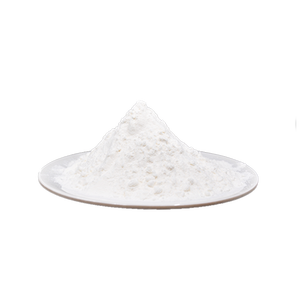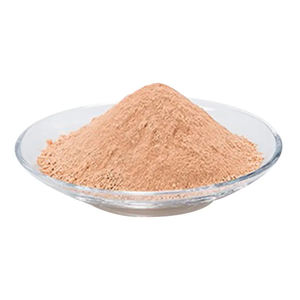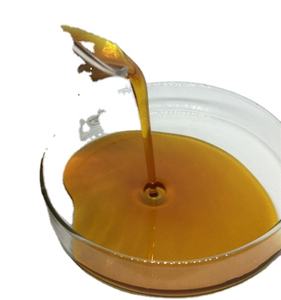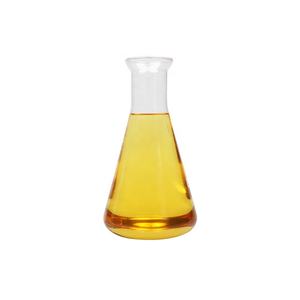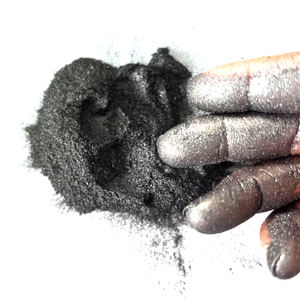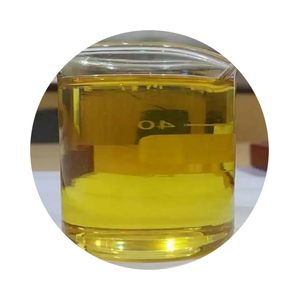One-stop lubrication solution | Discover the way to smoothness | Infomak
Title: Your Sewing Machine’s Secret Superpower: The Magic of Lubricating Oil
(Whole Machine Lubricating Oil Household Appliance Sewing Machine Lubricating Oil)
That trusty sewing machine whirring away on your table? It’s a little marvel of moving parts. Needles fly, bobbins spin, feed dogs dance. But all that smooth action needs a hidden helper: sewing machine lubricating oil. Think of it like the machine’s personal trainer, keeping everything loose and limber. Forget dry gears and frustrating jams. This simple oil is the quiet champion ensuring your stitches stay perfect and your machine keeps humming for years. Let’s dive into why this little bottle matters so much.
What Exactly is Sewing Machine Lubricating Oil?
Sewing machine lubricating oil isn’t your average kitchen oil or car engine grease. It’s a special lightweight oil designed specifically for delicate machinery. Imagine a super thin, clear liquid. It flows easily into tiny spaces inside your machine. This oil is usually made from highly refined mineral oil or synthetic compounds. The key thing? It’s non-gumming. This means it won’t turn sticky or thick over time. It won’t attract dust and lint like heavier oils do. It stays slippery and smooth. This oil works quietly. You apply a tiny drop to specific points. Then it coats the moving metal parts inside. It creates a thin, protective film. This film reduces friction. Friction is the enemy. It causes wear, heat, and eventually, breakdowns. The right oil prevents all that. It keeps the intricate dance of gears, shafts, and levers moving effortlessly.
Why Your Sewing Machine Desperately Needs Oil
Machines hate grinding metal on metal. Your sewing machine is packed with precisely fitted parts moving incredibly fast. Without oil, these parts rub together. This friction creates heat. Heat makes metal expand. Expanded metal parts don’t fit together right. This causes more friction. It’s a bad cycle. The result? Increased wear. Parts wear down faster. You might hear strange noises – squeaks, grinding, or harsh buzzing. Stitches become uneven. Thread breaks more often. The machine might jam or run sluggishly. Left unoiled, serious damage happens. Gears can strip. Bearings seize up. Repairs become expensive, maybe impossible for older models. Regular oiling is cheap insurance. It fights friction. It keeps temperatures down. It prevents premature wear and tear. It ensures smooth, quiet operation. It protects your investment. It makes your sewing experience frustration-free. Think of oil as essential hydration for your machine. Without it, things just seize up.
How to Oil Your Sewing Machine Correctly (Step-by-Step)
Oiling sounds simple. But doing it right matters. Wrong oil or messy application causes problems. First, get the right stuff. Buy oil labeled specifically for sewing machines. Never use WD-40, cooking oil, motor oil, or 3-in-1 oil. These attract dirt, gum up, or damage delicate parts. Find your machine’s manual. It shows exact oiling points. No manual? Search online using your machine’s model number. Common spots include the needle bar, presser foot bar, hook race area, and bobbin case parts. Always clean first. Use a small brush or lint roller to remove dust and lint around the oiling points. Lint mixed with oil creates a grinding paste – bad news. Use the oil bottle’s precision tip. Apply one tiny drop to each designated point. Seriously, one drop is often enough. Over-oiling is messy. Excess oil attracts lint and can drip onto fabric. After oiling, run the machine slowly without thread for a minute. This helps the oil spread inside. Wipe away any visible excess oil with a clean cloth. Follow your manual’s oiling schedule. Machines used daily need oiling weekly or monthly. Light use might need oiling every few months. Listen to your machine. New squeaks often mean it’s thirsty.
Where Sewing Machine Oil Works Its Magic (Key Applications)
Sewing machine oil isn’t just for your modern electric model. Its uses are broad. Obviously, it keeps household sewing machines running smoothly. This includes basic mechanical models and fancy computerized ones. Vintage and antique sewing machines rely on it even more. These older beauties often have more exposed metal parts needing regular lubrication. It’s vital for industrial sewing machines too. These heavy-duty workhorses run constantly. They need frequent oiling to handle the workload. Overlockers and sergers have complex loopers and knives. They need specific oiling points to prevent thread jams and ensure neat seams. Even non-sewing appliances benefit sometimes. Think small household items with moving parts. Maybe a stiff hand-cranked egg beater, a squeaky hinge on a vintage toolbox, or stiff scissors. A tiny drop of sewing machine oil can often free them up. It’s great anywhere a light, non-gumming oil is needed on small mechanisms. Remember, test on an inconspicuous spot first.
Sewing Machine Oil FAQs Answered Simply
Can I use any oil? No. Only use oil made for sewing machines. Other oils gum up, attract lint, or damage plastic parts. Stick to the specific stuff.
How often should I oil? Check your manual. Heavy use might need weekly oiling. Average home use, maybe monthly. Light use, every few months. If it squeaks, oil it. Don’t over-oil.
Where do I put the oil? Only on points shown in your manual. Common spots are moving joints, shafts, and the hook area. Never pour oil into the machine randomly.
My machine is computerized. Does it need oil? Yes! Even computerized machines have moving mechanical parts (needle bar, hook). They need lubrication too. Follow the manual.
What if I over-oiled? Wipe off any excess oil you see. Run the machine without thread on scrap fabric for several minutes. This helps spread the oil and absorb excess. Clean the area thoroughly afterward to prevent lint buildup.
Can old oil cause problems? Yes. Old oil collects dust and turns gummy. Clean old residue before applying fresh oil. Use a lint-free cloth or a cotton swab dipped in sewing machine oil (not solvents).
(Whole Machine Lubricating Oil Household Appliance Sewing Machine Lubricating Oil)
Does oil expire? Properly stored sewing machine oil lasts years. Keep the bottle tightly closed. Store it in a cool, dark place away from heat sources.
